Data Security in Body-Worn Camera Systems: What You Need to Know
Body-worn cameras (BWCs) have become essential tools for law enforcement, security personnel, and even private industries. They enhance transparency, provide critical evidence, and improve accountability. However, as their usage grows, so do concerns about data security.
Footage from BWCs often contains sensitive information—faces, license plates, private conversations, and even crime scenes. If this data is mishandled, it can lead to privacy breaches, legal liabilities, and reputational damage.
In this blog, we’ll explore the key challenges, best practices, and emerging technologies that ensure body-worn camera data remains secure.
1. Why Data Security in Body-Worn Cameras Matters
A. Privacy Concerns
-
BWCs record civilians, victims, and suspects, raising ethical and legal questions about consent and data storage.
-
Unauthorized leaks can expose personal details, violating privacy laws like GDPR (Europe) or CCPA (California).
B. Legal & Compliance Risks
-
Many jurisdictions mandate strict retention policies (e.g., automatically deleting footage after 30-90 days unless flagged as evidence).
-
Failure to comply can result in fines, lawsuits, or dismissal of criminal cases.
C. Cybersecurity Threats
-
Hackers may target BWC systems to steal, alter, or delete footage.
-
Police departments and security firms have faced ransomware attacks where footage was held hostage.
2. Key Security Risks in Body-Worn Camera Systems
A. Weak Encryption & Unsecured Transfers
-
Problem: Some BWCs transmit footage via unencrypted Wi-Fi or Bluetooth, making interception easy.
-
Solution: End-to-end encryption (AES-256) should protect data in transit and at rest.
B. Insecure Cloud Storage & Local Servers
-
Problem: Many agencies use third-party cloud providers, but misconfigured access controls can expose data.
-
Solution: Zero-trust authentication and role-based access controls (RBAC) limit who can view/download footage.
C. Device Theft & Tampering
-
Problem: If a BWC is stolen, hackers can extract data or manipulate recordings.
-
Solution: Remote wipe capabilities and tamper-proof hardware (e.g., secure boot, blockchain verification).
D. Insider Threats & Unauthorized Access
-
Problem: Employees or officers may misuse access to leak or delete footage.
-
Solution: Strict audit logs and AI-based anomaly detection to monitor unusual activity.
3. Best Practices for Securing BWC Data
A. Strong Encryption Standards
-
At-rest encryption (e.g., AES-256) ensures footage is unreadable if a device is stolen.
-
In-transit encryption (TLS 1.3+) prevents man-in-the-middle attacks during uploads.
B. Secure Storage & Access Controls
-
On-premise vs. Cloud: Some agencies prefer on-premise servers for tighter control, while others use FedRAMP-certified cloud providers.
-
Multi-factor authentication (MFA) ensures only authorized personnel access footage.
C. Automated Redaction & Privacy Protection
-
AI-powered redaction tools blur faces, license plates, and sensitive details before public release.
-
Metadata stripping removes GPS coordinates and timestamps when not needed as evidence.
D. Strict Retention & Deletion Policies
-
Automated deletion after a set period (e.g., 30 days) unless manually retained.
-
Blockchain-based logging ensures an immutable record of who accessed or modified footage.
E. Regular Security Audits & Penetration Testing
-
Third-party audits identify vulnerabilities in storage and transfer systems.
-
Simulated cyberattacks test resilience against hacking attempts.
4. Emerging Technologies Enhancing BWC Security
A. Blockchain for Tamper-Proof Footage
-
Problem: Traditional video files can be altered without detection.
-
Solution: Blockchain timestamps and hashes ensure immutable verification of authenticity.
B. AI-Powered Anomaly Detection
-
Problem: Insider threats are hard to detect manually.
-
Solution: AI monitors access logs and flags unusual behavior (e.g., bulk downloads at odd hours).
C. Edge Computing for Local Processing
-
Problem: Uploading raw footage to the cloud increases exposure risk.
-
Solution: On-device AI processing redacts sensitive data before transmission.
5. Real-World Cases: Security Failures & Successes
Failure: Minneapolis PD Data Breach (2021)
-
Hackers leaked bodycam footage of criminal investigations due to weak cloud security.
-
Result: Legal complications and reputational damage.
Success: UK Police Use of Encrypted BWCs
-
UK forces adopted locally encrypted storage with strict access logs.
-
Result: No major breaches reported despite widespread deployment.
6. Future Trends in BWC Data Security
A. Homomorphic Encryption
-
Allows processing encrypted footage without decrypting, reducing exposure risks.
B. Decentralized Storage (IPFS & Blockchain)
-
Distributes footage across nodes, making hacking more difficult.
C. Biometric Authentication for Access
-
Only authorized personnel can unlock BWC data via facial recognition or fingerprint scans.
Conclusion
Body-worn cameras are powerful tools, but their data security cannot be an afterthought. From encryption and access controls to AI redaction and blockchain verification, agencies must adopt multi-layered security strategies to protect sensitive footage.
As cyber threats evolve, so must BWC security measures. Investing in secure hardware, strict policies, and emerging tech will ensure these devices serve their purpose—enhancing transparency without compromising privacy.
Is your organization using BWCs? Review your security protocols today to prevent the next major breach.
No comments





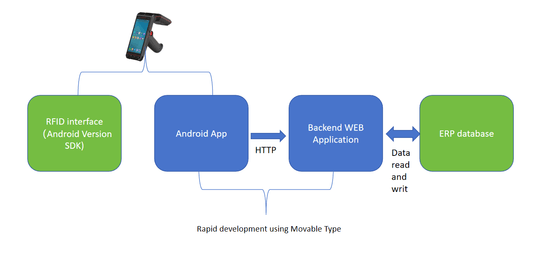
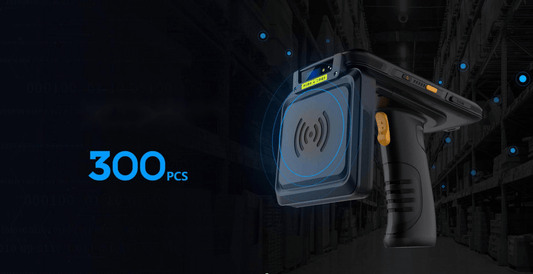
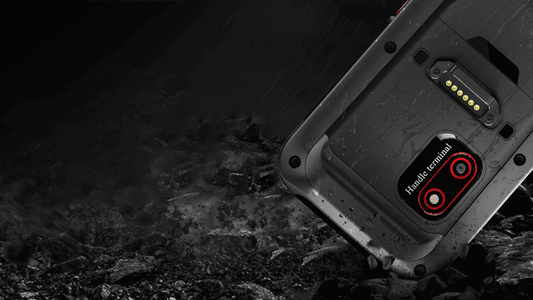


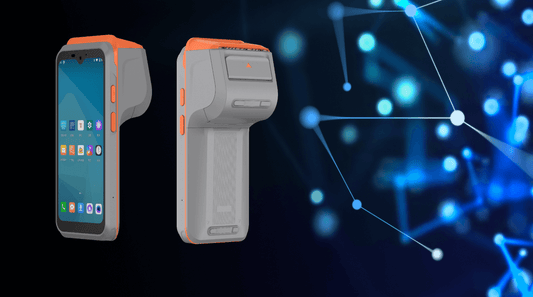
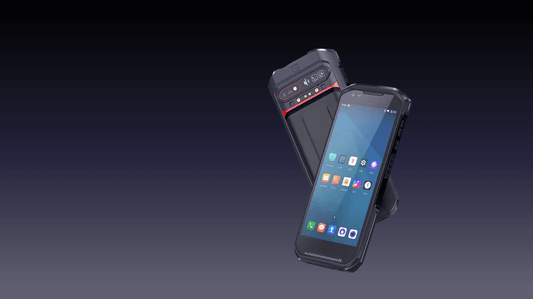
0 comments